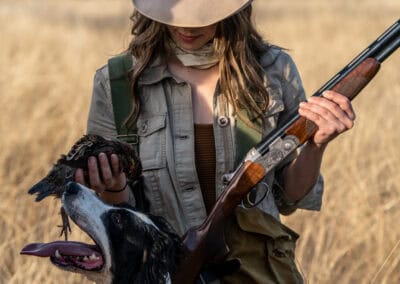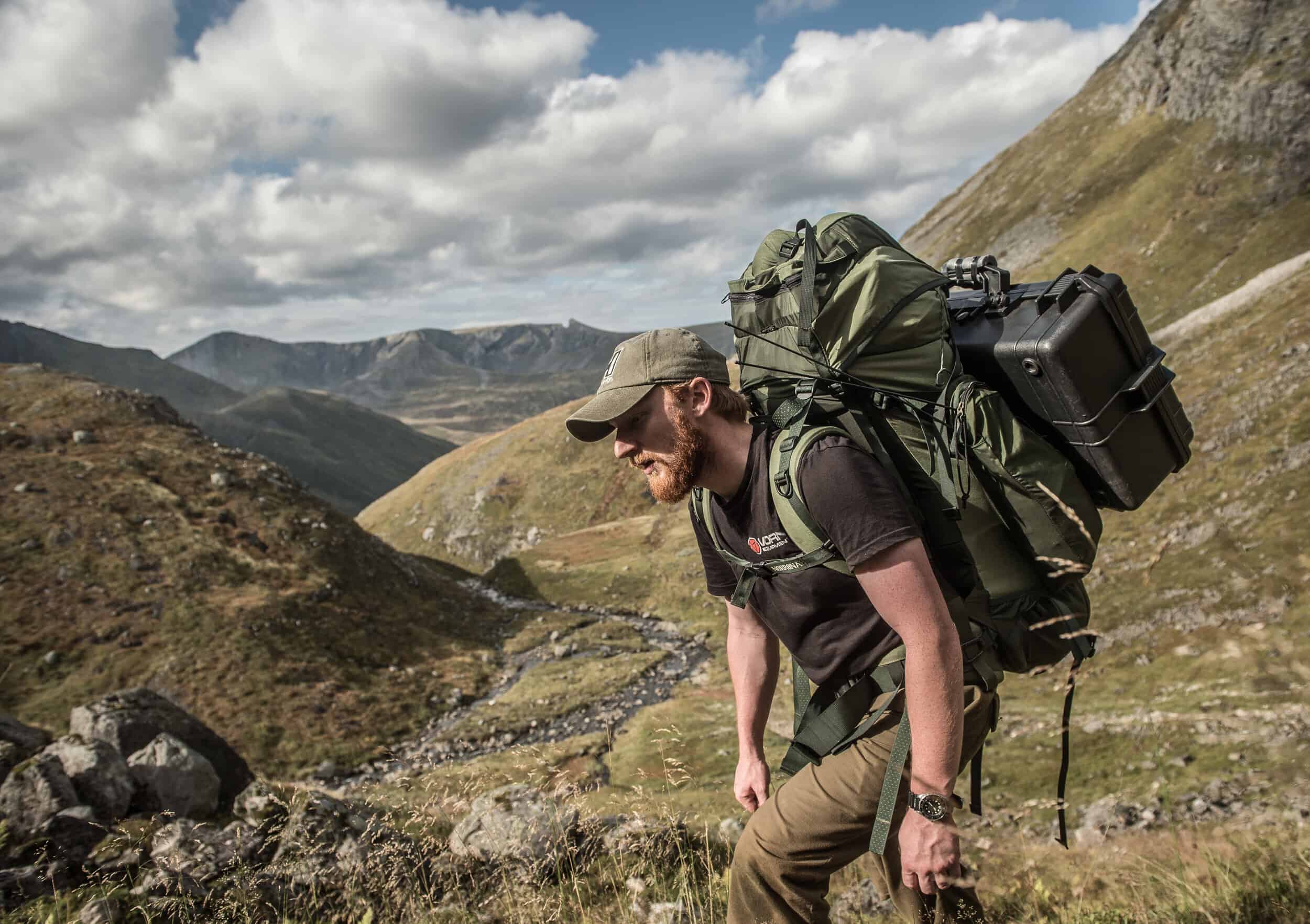Your cart is empty


A willingness to understand ideas and concepts which push our ideological boundaries creates a foundation for embracing the world with greater intention, fairness, and a more profound respect for disparate cultures and the greater web of eco-systems which span the planet.
In acknowledgement of the outstanding and vital content being created by journalists in other publications and media, we will be presenting a selection of stories each month that have helped us better understand our world.
These articles will span the spectrum of environmental, social and conservation issues which bind our lives together. This month we highlight two deceptively important stories focusing on the soil beneath our feet.
As I ink the metaphoric pages of this month’s column, apples are falling from the trees outside and the leaves are composing their autumnal tartan. Four weeks ago I heard the first geese flying over my house, returning from their summer breeding grounds. For many people, these markers of seasonal change are mere background noise to a world they don’t understand. Herein lies the fundamental challenge of our time: re-integrating people with nature. In Modern Huntsman Volume Six, I will carry on this idea in an extensive article on the resilience of biodiversity and the future of conservation. In the meantime, I challenge you to think about the future you want. How do we maximise the utility of human well-being while creating space for the other wild creatures of the planet?
To kick this month off, and present a little more food for thought, is a feature documentary released only a week ago. Sir David Attenborough’s A Life On Our Planet, is his ‘witness statement’ to a changing world and the impact humans are having. As one would expect it is exceptionally well-produced, encapsulating a broad suite of environmental and conservation challenges.
Currently, it can be viewed on Netflix.
There is a problem with protected areas, long recognised by the more practical conservation ecologists and biologists, and it lies within the very nature of what it tries to achieve. The very notion of a national park, or area of preservation was, in Alistair Graham’s view, a recognition of failure and an affirmation of his enlightened idea that ‘conservation is guilt.’ Those words have always stuck with me. Protected areas are indeed a vital conservation tool, but historically many were established as capsules of idealism. They displaced people and destroyed cultures to preserve and freeze a portrait in time, failing to recognise that these perceived islands of paradise couldn’t prosper in isolation. A paper published in Nature Communications in September this year provides an analysis of Protected Areas (PAs), and how poorly these are connected. As one example,
“Madagascar is home to some of the most genetically-diverse species on Earth, including the black and white ruffed lemur (Varecia variegata), aye-aye (Daubentonia madagascariensis), and fossa (Crytoprocta forex). These genetically unique species, being predominantly arboreal, require contiguous intact landscapes to fulfil their important ecological roles, yet we found that Madagascar only has 4.2% intact land remaining and no fully connected PAs.”
Globally, less than 10% of the Earth’s protected network can be considered structurally connected. Creating protected areas alone is simply not enough, and the authors’ final paragraph makes this clear:
“The retention and restoration of intact landscapes that surround PAs is critical to abating the biodiversity crisis.”
Read a content summary here | Read the source paper in Nature
*Alistair Graham: Biologist and author of Gardeners of Eden & Eyelids of Morning.
It would’ve been remiss of me not to highlight an article explaining the mass mortality of elephants in Botswana in May and June this year. For several days my newsfeed was filled with gruesome pictures, speculation abound as to the numerous elephant deaths; the more recent reports explaining the cause gained far less traction.
Evidence at the time suggested that it was likely resulting from a naturally occurring toxin, owing to the widespread nature of deaths and how rapidly they had appeared. The fact no ivory had been removed indicated that deliberate poisoning was unlikely. At least 330 elephants died in a period of only a few weeks until the end of June, coinciding with much of the standing water in the area drying up. Tests from various laboratories around the world have all come to the same conclusion, that these deaths were caused by toxins from cyanobacteria — colloquially known as blue-green algae.
It’s not the first time this has happened, and the ecological dangers of blue-green algae are well established. Even at home in Scotland, warning signs explaining the risks of algal blooms are common in the summer months. It seemed anecdotal that these instances were increasing, and there is empirical evidence to support this. The opening paragraph in a paper published in Interdisciplinary Toxicology in 2009 explains the main drivers.
“Massive proliferations of cyanobacteria in freshwater, brackish and coastal marine ecosystems have become a worldwide environmental problem. Anthropogenic eutrophication (i.e., increased input of nutrients, especially phosphorous but also nitrogen) of surface waters leads to accelerated growth of photoautotrophic organisms including cyanobacteria. In Europe, Asia and America, more than 40% of lakes and reservoirs are now eutrophic and offer favourable conditions for cyanobacterial mass development (Bartram et al., 1999). Furthermore, consequences of global climate changes (elevated temperature, increased atmospheric concentrations of carbon dioxide, elevated UV fluxes) have been discussed in connection with cyanobacterial ecology and growth (Beardall & Raven, 2004).”
Cyanobacteria can create a variety of toxins through their metabolising process, and the risks associated with this are becoming more common. There is an increasing concern in potential sub-lethal chronic effects, with microcystins — one group of toxins produced — recorded as accumulating in a number of species, from zooplankton to plants and fish. It seems likely we will see further toxic induced die-offs in the future, and this isn’t just a problem for wildlife. Scanning the table of global human exposures to cyanobacteria since the 1930s, identifies an array of health complications, from severe vomiting to liver damage.
Read the BBC News Report | Cyanobacteria toxins explained here
Return of the sea-otter: This fascinating article looks at the role sea otters play the health of Alaskan kelp forests. We covered a similar story with Dr. Jason Goldman on the podcast this year.
Listen here: Into the Wilderness
Fighting climate change with volcanoes: Can we fight climate change by spreading volcanic ash across our oceans? Maybe. We cover a similar story on the podcast this week, looking at how spreading basalt on agricultural land can sequester carbon from the atmosphere.
Listen here: Into the Wilderness Podcast

BYRON PACE | INTERNATIONAL EDITOR
Byron Pace found himself hunting and fishing from almost as soon as he could walk, his father laying the foundations for a passion centered on exploring the outdoors. This would become the guiding force for most of his life decisions. He began creating content for international hunting publications soon after leaving school, continuing through his studies in economics, graduating with first class honors. A desire to explore would see him involved in big game capture in Africa, building up an experience of wildlife management at home and abroad through further study and time on the ground. Today, he and his brother, Darryl, run their own film production company and podcast, Into The Wilderness, focused on improving the understanding of conservation and the management of wildlife around the globe.
Related Stories



Latest Stories


